The meeting industry new normal – Part 3
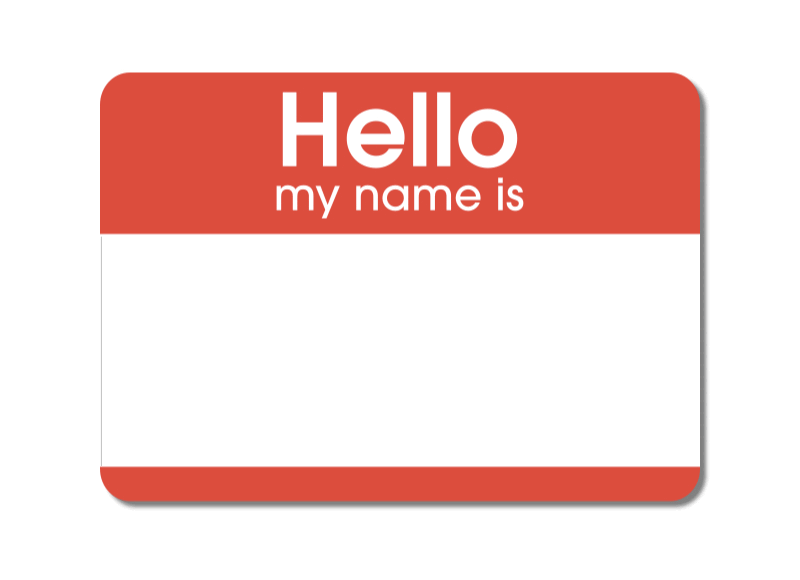
In October 2020 I wrote two posts [1, 2] about what a meeting industry new normal might look like. As I write this in February 2022, two years have passed since the COVID-19 pandemic devastated the world and the event industry. It’s time to take another look. How have my predictions held up? And what does the future hold?
Looking back
Six months into the pandemic, I wrote that three fundamental things had to happen for everything to go as well as possible in the global fight against the coronavirus.
1. “If we’re really lucky, we’ll have a safe, inexpensive, effective vaccine sometime before the end of 2021.”
Well, we were lucky. The hard work of a large number of scientists, years of research on related coronaviruses, plus a paradigm shift in vaccine development led to the rollout of effective vaccines at the start of 2021. Several of these vaccines remain effective against the coronavirus variants that have appeared since the start of the pandemic.
2. “The world mobilizes to provide the vaccine rapidly to a large proportion of the global population.”
This has not happened. As I write this, only 63% of the world population has received at least one dose of a COVID-19 vaccine, and we know that multiple doses are needed to provide adequate protection for most people. In addition, only 12% of people in low-income countries have received at least one dose.
3. “We overcome conspiracy-theory-induced fear of vaccination.”
This has also not happened. “Recent growth in conspiracy theory beliefs, particularly those centered on potential vaccine harm, pose a substantial threat to the large-scale uptake of COVID-19 vaccines, and thus the achievement of herd immunity to COVID-19.” Currently, even though vaccination is free and has been readily available for a year in the U.S., only 65% of the population is fully vaccinated, and herd immunity is still a distant target. Vaccine hesitancy, fueled by substantial misinformation on social media and some media channels, remains a significant barrier to taming the ravages of COVID-19.
Conclusions
Even if no further variants appear, the above factors mean that COVID-19 is here to stay for the indefinite future. As I write, for example, South Korea is experiencing a massive surge, the largest of the entire pandemic. The dominant COVID-19 variants are so contagious that it’s currently impossible to prevent further spread and outbreaks until most of the world population is adequately vaccinated or builds up enough (weaker) immunity through repeated infections.
We may eventually tame the pandemic by developing effective and inexpensive antivirals and making them widely available to those contracting COVID-19. However, the virus is likely to develop resistance to such drugs, which are currently in short supply and expensive, so continued R&D will be needed.
Finally, it’s important to remember that we still do not understand the health impact of long covid. The American Medical Association estimates that “anywhere from 15% to 80% of patients might experience long COVID after recovering—even if they weren’t very sick in the first place”. I have friends and family that are still suffering serious effects of long covid—you probably have too. Now vaccines and better treatments have reduced the risk of dying from COVID-19. But that doesn’t mean we can dismiss its significant long-term health consequences going forward.
Holding in-person meetings: what do we now know?
Here’s a quick overview of what I see as the relative risks involved in attending in-person meetings at this point. Two important caveats are that I’m assuming travelers:
- Are fully vaccinated; and
- Use good quality masks when in public enclosed spaces.
Risks of serious illness for the unvaccinated are at least an order of magnitude higher. See below for situations when masks cannot be worn.
Travel
Airline travel seems reasonably safe these days. Airlines claim “cabin air is refreshed 20-30 times an hour.” If correct, this is more than adequate. The main exposure risks occur during boarding and deplaning when in-flight airplane ventilation systems are not operating. However, I would avoid long plane flights for now if possible, as it’s somewhat risky to unmask to eat or drink on a plane.
Train travel has a similar risk exposure. Amtrak says that its “trains are equipped with onboard filtration systems with a fresh air exchange rate every 4-5 minutes”. Again, if accurate, this is more than adequate.
Public transportation can involve inadequate ventilation and close contact with others. Under these circumstances, wearing high-quality masks is essential.
If attendees and staff follow precautions, traveling to and from meetings is not as high-risk as the following activities.
Accommodations
As described below, very few hotels (and venues) seem to have implemented ASHRAE’S building readiness standards for air quality in their properties. Sleeping in a hotel room when one can’t wear a mask has an unknown and potentially high risk for COVID-19 infection unless you can obtain fresh air by opening windows. Consequently, I currently prefer to stay in self-contained Airbnb properties. There, I can be confident that air from an unknown source won’t contaminate indoor air.
Dining and socializing
Currently, eating and drinking indoors is quite risky unless the location has upgraded its HVAC systems to adequately filter COVID, the space has very high ceilings, or copious fresh outdoor air is available from open windows.
Understandably, people want to connect at in-person meetings. We are drawn to do this during meals and socials where masks cannot be or are not worn. Which can lead to consequences like this:
“…now myself and at least 25% of our participants are sick with COVID. I am hearing from someone else every day…All the precautions in the world don’t really matter if you abandon them when people eat and drink. We all know this yet we are all still doing it for the most part.“
—Quote from a meeting planner’s January 2022 conference report
I’ve heard reports of this natural but hazardous behavior at many conferences held over the last couple of years. Given the ease of transmission of dominant COVID-19 variants, the best way to minimize such risks is to hold meals and socials outdoors. Obviously, this is not always practical.
Conclusions
Currently, hardly any in-person events report post-event attendee and staff COVID cases. In many cases, there is no apparent effort made to perform post-event case tracking.
The meeting industry is still wrestling with whether events have an obligation to report COVID-19 cases to the general public. So we don’t know the true infectious impact of meeting in person, though it’s reasonable to assume that more infections occur than are reported.
Consequently, while we all desire in-person meetings, I think it’s incumbent on every event stakeholder to consider the effect of their event on the health of participants and staff and determine whether, in good conscience, the meeting should best take place in-person or online.
Looking forward: What the meeting industry still needs to do
Two years after COVID-19 started, we know what to do to keep in-person meetings safe. Currently, it’s still critical that vaccination and masking requirements are in place for events to occur safely. Yet the meeting and hospitality industries still have their heads in the sand in one crucial safety area.
Upgrade air quality in venues and accommodations
As we start thinking about returning to in-person events, it’s crucial to check that venues are upgrading their HVAC systems to handle potentially virus-infused air. This does not appear to be happening! Since I wrote at length about this important safety requirement back in April 2021, I have only heard of one additional venue that is providing COVID-safe ventilation — the Javits Center in New York City. [Heard of others? Let me know, either directly or via comments on this post!]
Let me put this in simple terms. COVID-19 is here to stay for the indefinite future. Would you want to stay in a hotel room with ventilation that includes air from the room next door where a COVID-positive person is sleeping? Do you want to mingle, unmasked, during a meeting social with strangers where the ventilation rate is inadequate to clear the air of COVID-19 aerosols? Even if you’re cavalier about such infection risks, we have a duty of care to attendees and staff.
Right now, updating venue ventilation for COVID-19 is a competitive advantage. Being able to say a property is compliant with current ventilation guidance is a great selling point, as the Javits Center illustrates.
Plan for future COVID-19 variants (and new pandemics)
To date, we’ve had several COVID-19 variants play havoc with our in-person meeting plans. We now need to assume that another new dominant variant could appear at any time.
Dominance occurs because a new variant is more transmissible than older ones. A dominant variant may or may not cause more severe disease than other variants.
What this means is that we now need backup plans for switching in-person meetings that can’t be postponed to online formats at relatively short notice. Yes, our work just got even more complicated than it already was. Meetings sure aren’t getting any easier to plan!
Conclusions for a new meeting industry normal
Finally, it should be clear that at this point I’m still cautious about returning to in-person meetings. Millions of people—the elderly, the immunocompromised, and young children who cannot yet be vaccinated—are particularly vulnerable to severe consequences if they catch COVID-19. Some may have to wear masks for the rest of their lives. Premature removal of mask and vaccination mandates at meetings will cause additional, possibly fatal illnesses amongst this population. I hope meeting planners do not rush to relax these important mandates in the mistaken belief that we have reached or are about to return to the old meeting normal.
My concluding paragraph from Part 2 of these posts still applies:
“We are living in unprecedented times. Experimenting with new approaches to designing and convening meetings is essential. What may be even harder is discovering what works and adopting it, rather than staying locked in the old comfortable ways of making meetings. Meetings will continue to occur, and the meeting industry will survive. But don’t passively buy into the myth of a new meeting industry normal. That is if you want to remain a player in one of the most important industries the human race has created.”

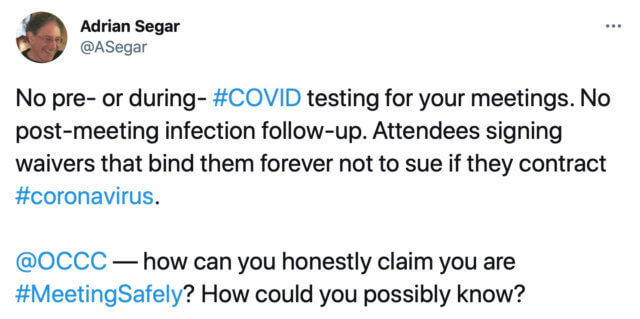 I’d like to be clear that I don’t hate in-person meetings, despite what some have been posting recently on a Facebook group for meeting professionals:
I’d like to be clear that I don’t hate in-person meetings, despite what some have been posting recently on a Facebook group for meeting professionals: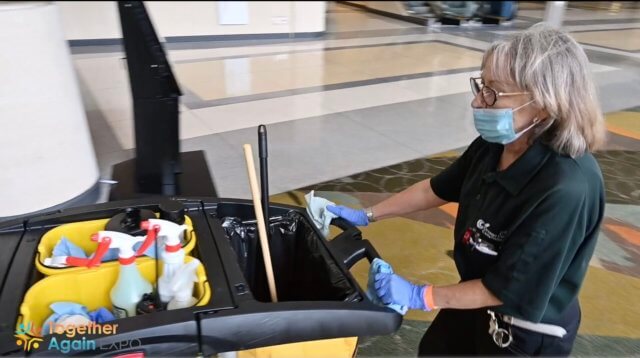
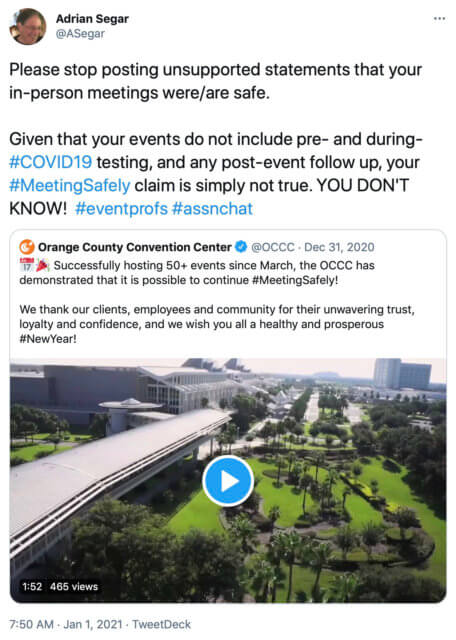
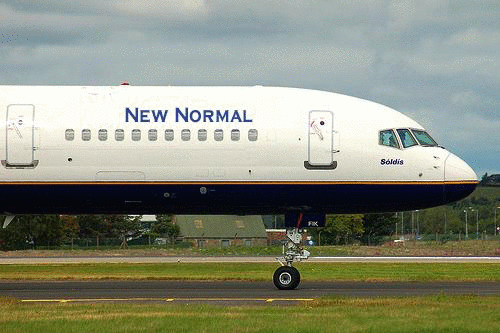 The meeting industry old normal is over, and many event professionals are hoping and waiting for a new normal. [See
The meeting industry old normal is over, and many event professionals are hoping and waiting for a new normal. [See 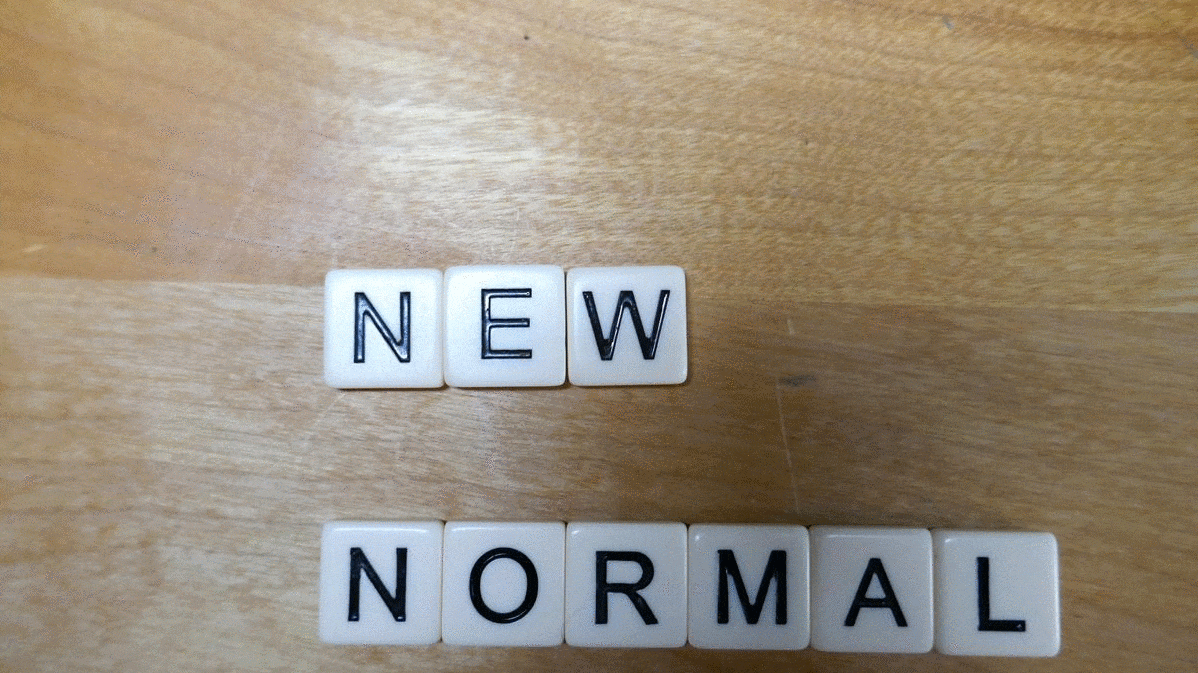
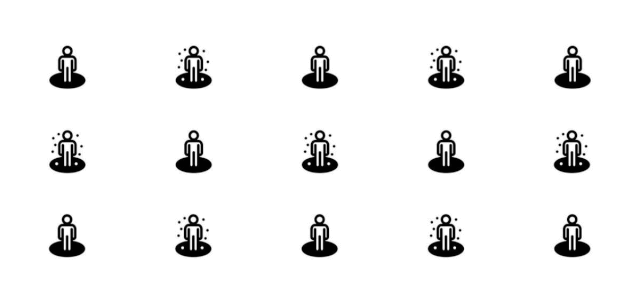 This is not an easy post to write. The pandemic’s impact on lives and businesses has been devastating. COVID-19 has virtually eliminated in-person meetings: our industry’s bread and butter.
This is not an easy post to write. The pandemic’s impact on lives and businesses has been devastating. COVID-19 has virtually eliminated in-person meetings: our industry’s bread and butter.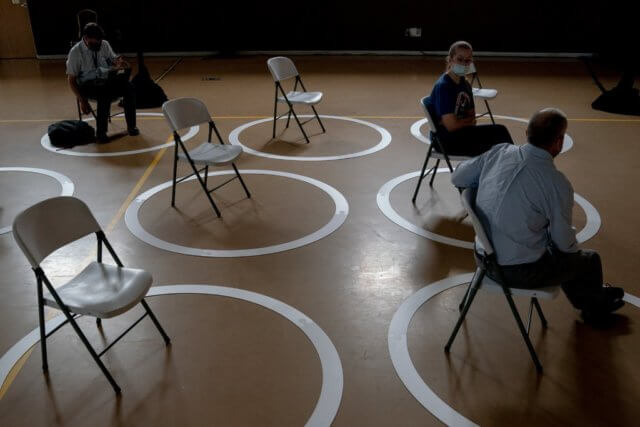
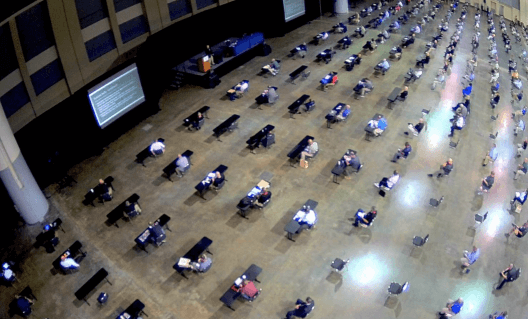 Why? Because we are exquisitely sensitive to
Why? Because we are exquisitely sensitive to 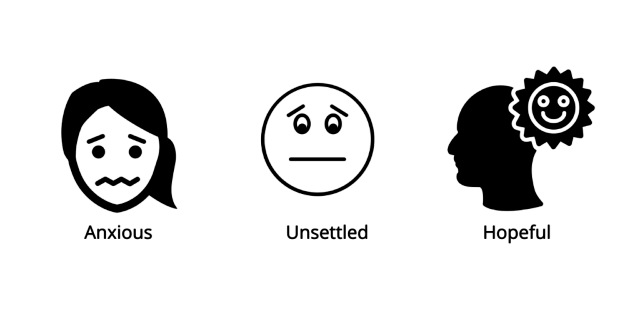 How are eventprofs feeling during COVID-19? Over the past few weeks amid the novel coronavirus pandemic, I’ve listened to hundreds of people
How are eventprofs feeling during COVID-19? Over the past few weeks amid the novel coronavirus pandemic, I’ve listened to hundreds of people  I estimate that about 85% of the event professionals I listened to shared feelings of fear, compared to about 65% of the general population. The most common description I heard was anxiety/anxious. But strong expressions like “scared”, “terrified”, and “very worried” were more common than I expected (~5-10%).
I estimate that about 85% of the event professionals I listened to shared feelings of fear, compared to about 65% of the general population. The most common description I heard was anxiety/anxious. But strong expressions like “scared”, “terrified”, and “very worried” were more common than I expected (~5-10%). About half of event professionals, and slightly less of everyone I heard, shared feeling unsettled. “Unsettled” is a mixture of fear and sadness we may feel when we experience the world as less predictable and our sense of control or comfort with our circumstances reduced.
About half of event professionals, and slightly less of everyone I heard, shared feeling unsettled. “Unsettled” is a mixture of fear and sadness we may feel when we experience the world as less predictable and our sense of control or comfort with our circumstances reduced.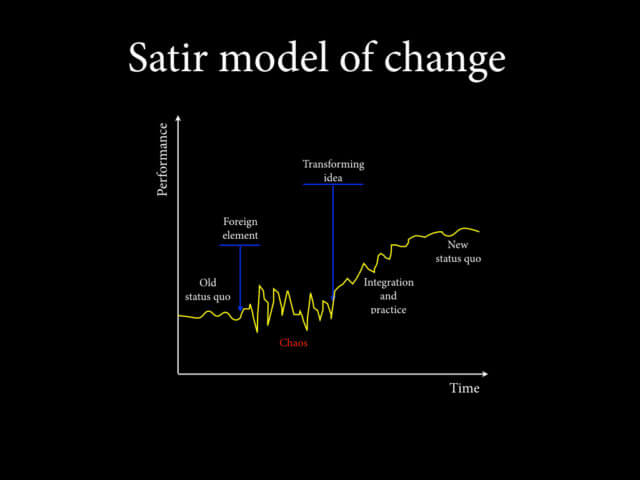
 I was surprised that about half of the general populace mentioned feeling some form of hopefulness about their current situation. Event professionals were far less likely to share feeling this way. This discrepancy is probably because some of the non-event industry people were retirees, and others have escaped significant professional impact.
I was surprised that about half of the general populace mentioned feeling some form of hopefulness about their current situation. Event professionals were far less likely to share feeling this way. This discrepancy is probably because some of the non-event industry people were retirees, and others have escaped significant professional impact. Despite the terrible impacts of the coronavirus on the meeting industry, there’s a silver lining.
Despite the terrible impacts of the coronavirus on the meeting industry, there’s a silver lining.